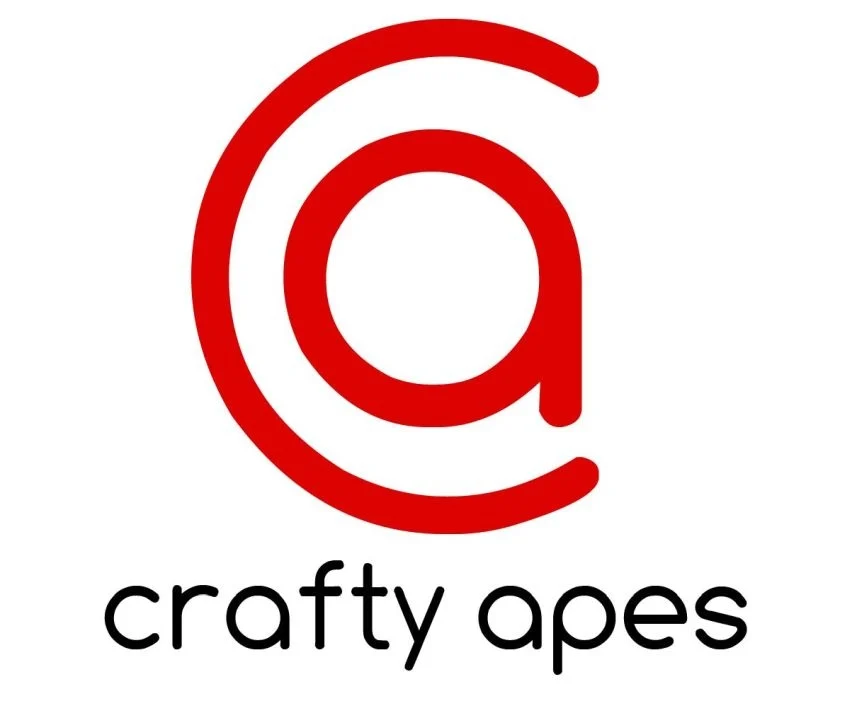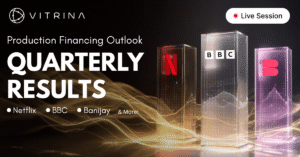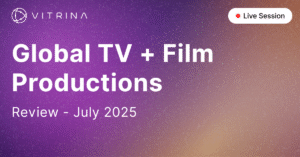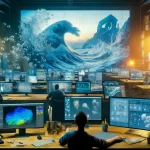Introduction
The global VFX market is projected to hit nearly $40 billion by 2030. Yet, most media CXOs are still selecting their creative partners based on outdated showreels and word-of-mouth. This isn’t just inefficient; it’s a massive strategic risk in a world where visual storytelling defines box office success and streaming subscriptions.
your production pipeline is only as strong as its weakest link. Choosing the wrong VFX house can derail timelines, blow budgets, and compromise your creative vision. The right partner, however, becomes a genuine competitive advantage.
In this blog, I’ll break down the top 10 leading visual effects companies, but more importantly, I’ll give you a framework for how to evaluate and select them for your specific needs. This isn’t just a list; it’s a strategic brief.
Key Takeaways
| Topic | Strategic Impact |
|---|---|
| Beyond the “Big 5” | The VFX landscape is diverse. Look at both global titans for scale and specialized boutiques for unique creative services. |
| The Evaluation Framework | Choosing a partner requires more than a showreel. Assess their pipeline, talent pool, global footprint, and technology stack. |
| VFX in the Supply Chain | VFX is not an island. The best partners integrate seamlessly with post-production, localization, and asset management. |
| The Rise of Virtual Production | Companies leveraging real-time tech like Unreal Engine are not just a trend; they’re the new standard for efficiency and creativity. |
Get Personalized VFX Studio Recommendations
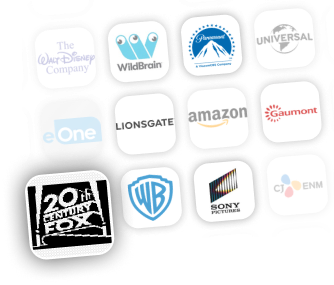
The Titans: Global VFX Powerhouses
These are the studios that handle the world’s biggest blockbusters. They offer massive scale, deep talent pools, and cutting-edge R&D, often with a global footprint across hubs like London, Vancouver, and Montreal.
1. Industrial Light & Magic (ILM)
Founded by George Lucas, ILM is the undisputed pioneer. They don’t just create visual effects; they invent the technology to make them possible. From the dawn of CGI to their leadership in virtual production with StageCraft (as seen on The Mandalorian), ILM sets the industry standard. Partnering with them means leveraging decades of iconic, Academy Award-winning innovation.
2. Weta FX
Based in Wellington, New Zealand, Weta FX is synonymous with epic world-building. Think The Lord of the Rings and Avatar. Their strength lies in creating breathtakingly realistic digital characters and environments. They are masters of performance and motion capture, consistently pushing the boundaries of what audiences believe is real.
3. DNEG
A powerhouse with a global presence, DNEG has an incredible track record, earning multiple Academy Awards for Best Visual Effects for films like Dune and Blade Runner 2049. They offer a complete suite of services from pre-visualization to final compositing and have a strong reputation for handling complex, large-scale productions for major studios.
4. MPC (Moving Picture Company)
Known for its creature work and stunning animation, MPC has brought characters to life in films like The Lion King and The Jungle Book. With studios worldwide, they offer the scale needed for tentpole films and have a strong commercials division, which keeps their techniques sharp and innovative.
5. Framestore
With a legacy in both film and immersive entertainment, Framestore excels at high-end character animation and complex visual effects. Their work on the Paddington Bear films and for the Marvel Cinematic Universe showcases their ability to blend technical skill with heartfelt storytelling. Their multiple VES Awards speak to their consistent quality.
The Specialists: Boutique & Niche Experts
While the titans handle the tentpoles, a diverse ecosystem of specialized studios provides targeted creative services, often with more agility and a unique artistic focus.
6. Method Studios
Part of Company 3, Method Studios is a top-tier global VFX house known for its work on blockbuster films and high-end episodic content. They offer a full range of services, from 3D modeling and animation to complex compositing, contributing to some of the most visually memorable scenes in recent cinema.
7. The Mill
While a giant in the advertising world, The Mill has a formidable film and episodic division. They are pioneers in design-led VFX, motion graphics, and emerging tech like AR and VR. For projects requiring a strong, stylized aesthetic, The Mill is a go-to creative partner.
8. Pixomondo
Famous for creating the dragons in Game of Thrones, Pixomondo has established itself as a leader in both high-end TV and film VFX. They were an early adopter of virtual production workflows using Unreal Engine, making them a smart choice for productions looking to leverage real-time technology.
9. Buffalo 8
Buffalo 8 represents a different kind of specialist—one focused on the full post-production workflow for independent and mid-budget features. They offer an integrated solution that includes VFX, color, and finishing, making them a highly efficient partner for producers who need to manage the entire post process under one roof.
10. TransPerfect
Including TransPerfect might seem like a curveball, but it’s a strategic one. As a global leader in localization, they represent the critical final step in the supply chain. A VFX partner’s work must be delivered with clean metadata for seamless dubbing and subtitling. TransPerfect’s inclusion highlights the need to think about the entire content journey from day one.
The CXO Framework: How to Choose a VFX Partner
A great showreel is table stakes. To make a smart decision, you need to dig deeper. True studio partnerships are built on more than just pretty pictures.
“Content decision-making should be data-first, not guesswork. The same applies to your supply chain partners.”
Here’s a framework for evaluating potential VFX vendors:
- Assess the VFX Pipeline and Technology
Do they have a modern, scalable pipeline? Ask about their core software (e.g., Houdini, Nuke, Maya) and their experience with emerging film tech like virtual production. A studio that has mastered Unreal Engine, for example, can offer significant on-set efficiencies.
- Analyze Their Talent Pool and Management
The artists are the asset. Look at the supervisors and leads attached to projects similar to yours. Strong project management and a deep talent pool are crucial for navigating the inevitable challenges of a complex production.
- Verify Their Global Footprint and Scalability
Can they scale with your project? Do they have a presence in key tax incentive locations? A partner with a global footprint can offer flexibility and financial advantages that a single-location shop cannot.
Speak With a VFX Supply‑Chain Expert

Beyond Pixels: VFX and the Media Supply Chain
The smartest studios no longer see VFX as an isolated post-production task. They see it as a critical, integrated part of the global media supply chain.
Your VFX partner’s output is the raw material for your entire downstream process. This includes:
- Localization Readiness
The final VFX shots must be delivered with the correct metadata and clean plates to facilitate efficient dubbing and subtitling. A delay here creates a bottleneck for your global release schedule. This is why connecting your VFX and localization strategies, involving partners like TransPerfect, is so critical.
- Media Asset Management (MAM) Integration
How a VFX vendor delivers their files impacts everything. A well-organized delivery accelerates marketing, compliance, and distribution. A messy one creates chaos. This is a core part of post-production workflow that can’t be ignored.
The Vitrina Advantage: Connecting the Dots
This is where a platform like Vitrina becomes indispensable. Instead of relying on scattered information, you get a centralized view of the entire ecosystem. With the Project Tracker, you can see which VFX studios are working with which production companies in real-time. You can vet their entire project history, identify key decision-makers, and understand their place in the broader supply chain—all before you even make the first call.
Conclusion
Choosing a VFX partner is one of the most critical decisions you’ll make in the content creation process.
Moving beyond a simple “Top 10” list and applying a strategic framework is key to mitigating risk and maximizing creative potential. By understanding the technology, talent, and supply chain implications, you can forge partnerships that truly deliver.
What’s the first strategy you’re going to try? Let me know in the comments.Get Your Vitrina Membership Today
Frequently Asked Questions
While “number one” is subjective, Industrial Light & Magic (ILM) is widely considered the industry leader due to its pioneering history, consistent innovation, and involvement in many of the highest-grossing films of all time.
Major franchises use a multi-vendor approach. ILM is fundamental to Star Wars. The Marvel Cinematic Universe (MCU) regularly uses ILM, Weta FX, DNEG, Framestore, and others to manage its massive pipeline.
Virtual production uses real-time rendering technology, like Unreal Engine, to create digital environments on set with LED walls. It allows filmmakers to see VFX shots live, improving creative decisions and often reducing the need for extensive post-production. Companies like ILM and Pixomondo are leaders here.
For smaller projects, look for boutique studios or integrated post houses like Buffalo 8. Prioritize a partner who understands your budget constraints and can offer a streamlined workflow from VFX to final color and delivery.










































